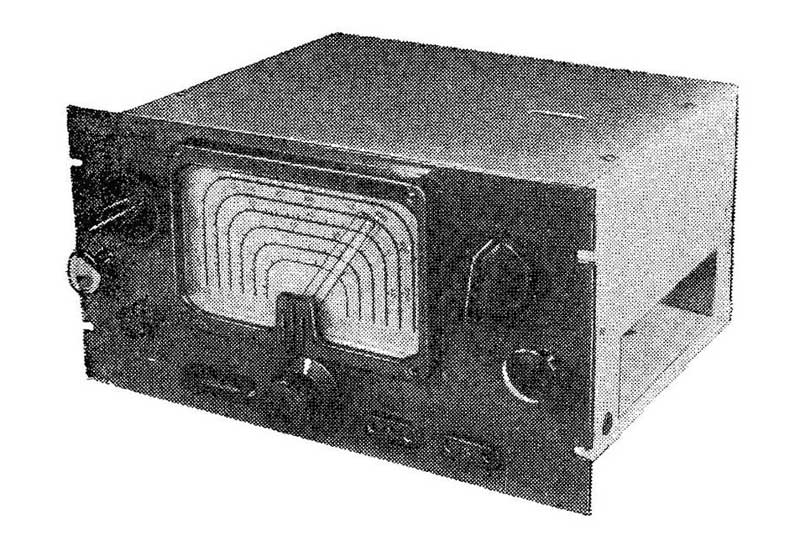Stationary transistor radio receiver "KRU-10".
Amplifying and broadcasting equipmentThe stationary transistor radio "KRU-10" has been producing the Murom radio plant since 1958. The radio receiver is designed for joint work with the collective farm radio center "KRU-40". The radio receiver is made according to the superheterodyne circuit on 10 transistors and 3 germanium diodes. The receiver is designed to receive in the wave ranges from 150 KHz to 12.5 MHz (2000 to 25 m), which are divided into six sub-bands: DV, SV and four HF (70 ... 50, 41, 31 and 25 m). Receiver weight 6 kg. Sensitivity for DV, SV 35 μV, KV 25 μV. Adjacent channel selectivity 40 dB. Attenuation of the mirror channel in DV, SV 40 dB, KV 30 dB. IF 465 kHz. Sound frequency range 100 ... 3500 Hz. Manual gain control works within 30 dB. Power supply from any 12 V DC source. Current consumption 15 mA. Output power 1 mW into 600 ohm load. The receiver contains a UHF cascade, a frequency converter with a separate local oscillator, 2 UHF cascades, a diode detector, a UHF, 2 ULF cascades, an ULF cascade of control phones, a separate direct amplification receiver on one transistor. It is designed to receive wire broadcasts at a frequency of 31.5 kHz. Its RF bandwidth is 8 kHz, the sensitivity is 5 mV, and the current consumption is 4 mA. The DCL controls the AGC; when the signal changes by 60 dB, it provides a 6 dB change in the output voltage. Structurally, the radio is divided into 3 separate blocks. The high-frequency unit consists of a seven-section drum-type switch, a built-in KPI unit and a board on which UHF transistors, a local oscillator and a converter are located. The second block includes an IF amplifier and a direct amplification receiver. The third block has ULF cascades. RF-IF blocks are placed so as to exclude their mutual influence. The receiver has jacks for a pickup, microphone and other low frequency signal sources.